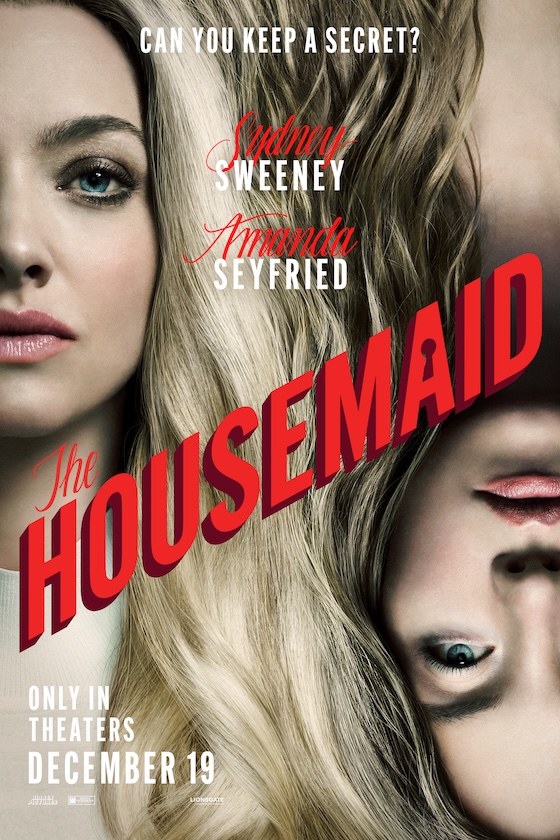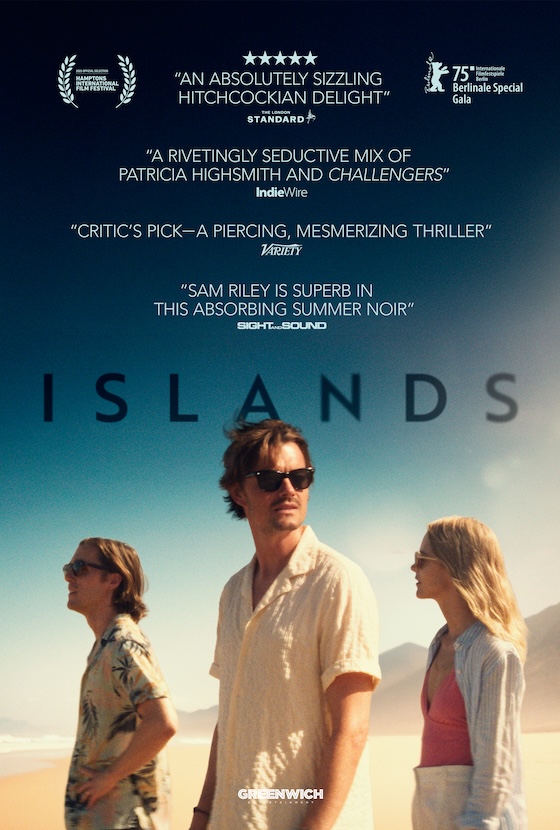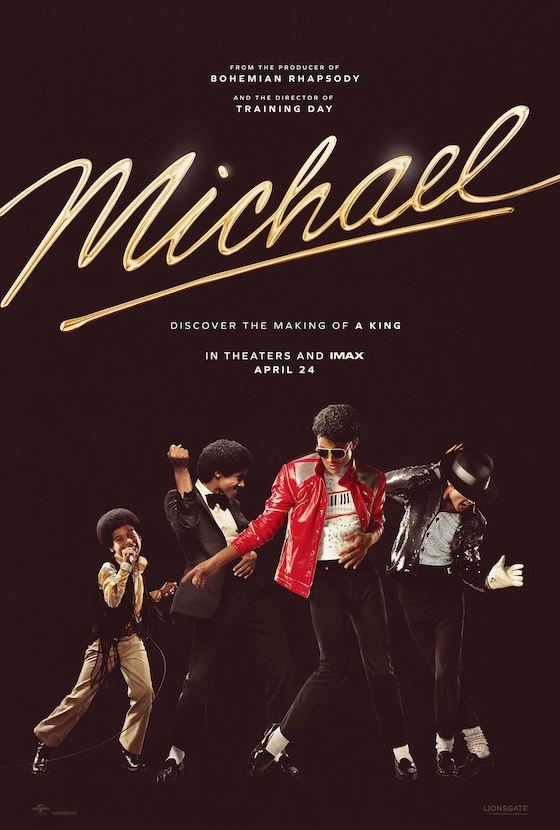If you really think about it, revenue generated from box-office sales all over the world come from mainly movies made by US film studios, in particular, studios from Los Angeles, California. So in this regard, is it safe to consider that Hollywood productions form one of North America's main exports? Why do I think that is? The answer is simple. From childhood to old age, everyone likes a good story. From late night camp fires, high school plays, amateur theatre productions to high grossing block-busters, there is always a story teller and there is always an audience. For an in-depth study into this topic, we have to go way back to the infancy of film making.
Although still a subject of intense debate, the first moving pictures to be projected on a screen were from the British film Incident at Clovelly Cottage in 1895. The film was made with a 35mm camera and celluloid film using a technique invented by William Greene in Hyde Park, London in 1890. Right after the success of this film, several British film companies started to flourish, capitalizing on the basic economics of supply and demand. A few years later across the Atlantic, D.W. Griffith filmed the first ever American short film titled In Old California, in a small village called Hollywood. This was soon followed by the first feature film in 1914 called The Squaw Man. Within a year, various studios started popping up like mushrooms, making mainly gun slinging westerns. By the 1920s, Paramount, MGM, Warner Bros. and Columbia were founded and went on to become major production and distribution studios. During this silent era of films, British studios saw major losses due to heavy competition from their American counterparts. Until, that is, the emergence of one of the biggest names in cinema history, Alfred Hitchcock. Not only did he produce and direct the first British film with sound, Blackmail in 1929 was the work of pure genius and would revolutionize the art of story telling for decades to come. Within five years, Hitchcock made The man Who Knew Too Much and The 39 Steps, establishing himself as the â"master of suspense". He made another British film called The Lady Vanishes in 1938 before moving to Hollywood. Although the rest as we know is history, Hitchcock maintained strong ties with the British film industry while going on to become one of the first and greatest legendry film makers in the world. 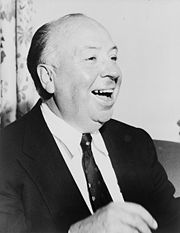 The point I am trying to make is that Hitchcock could have easily continued his work in the UK and still would have become the greatest British film maker ever. What lured him to Hollywood? Was it fame and fortune? Or was it a profound film making phenomenon emerging in the form of Hollywood productions?
The point I am trying to make is that Hitchcock could have easily continued his work in the UK and still would have become the greatest British film maker ever. What lured him to Hollywood? Was it fame and fortune? Or was it a profound film making phenomenon emerging in the form of Hollywood productions?
As both British and US film industries continued to boom, a third emerging market was the Indian film industry. Incredibly, the first Indian motion picture was a silent film called Raja Harish Chandra released in 1913, which historians confirm was just a few years after the US venture into film making. Believe it or not, with a post-production figure of over 10,000 titles, India independently stands shoulder to shoulder with major film producing regions like North America, Europe and Far-East Asia. But quantity does not always mean quality.
While American and British films were undergoing a technological renaissance during the 1960s, Indian films were just breaking out in color. And while the West were diversifying into the various genres of drama, action, comedy, horror and epics, Indian cinemas were a vivid celebration of color, song and dance revolving around a singular theme of romance. Fast forward to the 1980s and it was still the same story. But the popularity of these Bollywood movies, as it is now being referred to, extended from the entire Subcontinent to other Asian countries like China and the former USSR, even reaching the shores of Africa. Then the accusations started; fingers were pointed from the West alleging Indian film makers of plagiarism in screen writing, costumes, sound track and even cinematography. Yet production from the subcontinent continued to escalate despite these claims. At the same time British cinema started losing out to the American competition again with the advent of color TVs and home videos in the form of Betamax and VHS cassettes. But this was considered a temporary set back when the industry bounced back in the 1990s with typical British humor, optimizing a unique flavor in the comedy genre. Some of these were instant hits like Four Weddings and a Funeral, Notting Hill, The Full Monty and the Bean franchise. Almost a decade into the new millennium and Britain's consistency with high grossing films is on the rise. Some of these include the Bridget Jones saga, The Harry Potter series, biopics like The Queen and The Last King of Scotland and most recently the multi award wining Slumdog Millionaire.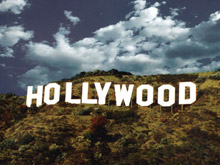 During all this time, Hollywood movies were becoming a household name and a must-see factor was rising all over the globe. Box-office sales were going through the roof and the top grossing films were called Blockbusters. Star-power, mind numbing special effects, original and innovative screen writing and the use of computer generated imagery (CGI) all contributed towards a film's critical reception. These techniques were soon adopted by other film producing nations. But Hollywood productions continued to stand out in originality and innovativeness making a phenomenal impact in almost all genres, not excluding horror, action and sci-fi. Shark attacks on humans were unheard of until the movie Jaws. The Exorcist had quite a few atheists believing in a higher power. Star Wars and Star Trek viewers later called themselves "Trekies." Ruthless and controversial was the story telling about immigrants pursuing the American dream in the Godfather series as well as Scarface. The whole world witnessed in shock how 1500 souls were claimed by the icy depths of the Atlantic Ocean in Titanic, just after struggling to comprehend the brutality of war in Saving Private Ryan. Anyone associated with casting and auditions in Hollywood will tell you that one of the pre-requisites of becoming a successful actor is the ability to sing. While Singin' in the Rain (1952), West Side Story (1961) and The Sound of Music(1965) are considered the greatest musicals of all time, it just goes to prove that film making is not just a science but an art. That said, there is simply little or no comparison between the ingenuity of Hollywood musicals and scores with competition elsewhere.
During all this time, Hollywood movies were becoming a household name and a must-see factor was rising all over the globe. Box-office sales were going through the roof and the top grossing films were called Blockbusters. Star-power, mind numbing special effects, original and innovative screen writing and the use of computer generated imagery (CGI) all contributed towards a film's critical reception. These techniques were soon adopted by other film producing nations. But Hollywood productions continued to stand out in originality and innovativeness making a phenomenal impact in almost all genres, not excluding horror, action and sci-fi. Shark attacks on humans were unheard of until the movie Jaws. The Exorcist had quite a few atheists believing in a higher power. Star Wars and Star Trek viewers later called themselves "Trekies." Ruthless and controversial was the story telling about immigrants pursuing the American dream in the Godfather series as well as Scarface. The whole world witnessed in shock how 1500 souls were claimed by the icy depths of the Atlantic Ocean in Titanic, just after struggling to comprehend the brutality of war in Saving Private Ryan. Anyone associated with casting and auditions in Hollywood will tell you that one of the pre-requisites of becoming a successful actor is the ability to sing. While Singin' in the Rain (1952), West Side Story (1961) and The Sound of Music(1965) are considered the greatest musicals of all time, it just goes to prove that film making is not just a science but an art. That said, there is simply little or no comparison between the ingenuity of Hollywood musicals and scores with competition elsewhere.
Sure, various film producing nations today continue to thrive in this highly competitive market, even promoting their films through prestigious film festivals. But curiosity has no bounds when every year, more than a handful of American movies sweep the planet like a ripple effect. While British, French, Canadian, Australian, Japanese and Indian cinema continue to exhibit a high level of competency in film making, Hollywood has its place cemented as the undisputed film making capital of the world.
But hey, don't take my word for it. Basic accounting will tell you how much time and money you spend on movies in a year, either at the cinemas or renting at home. Relate that figure to anything out of Hollywood and I may have just made a point.

